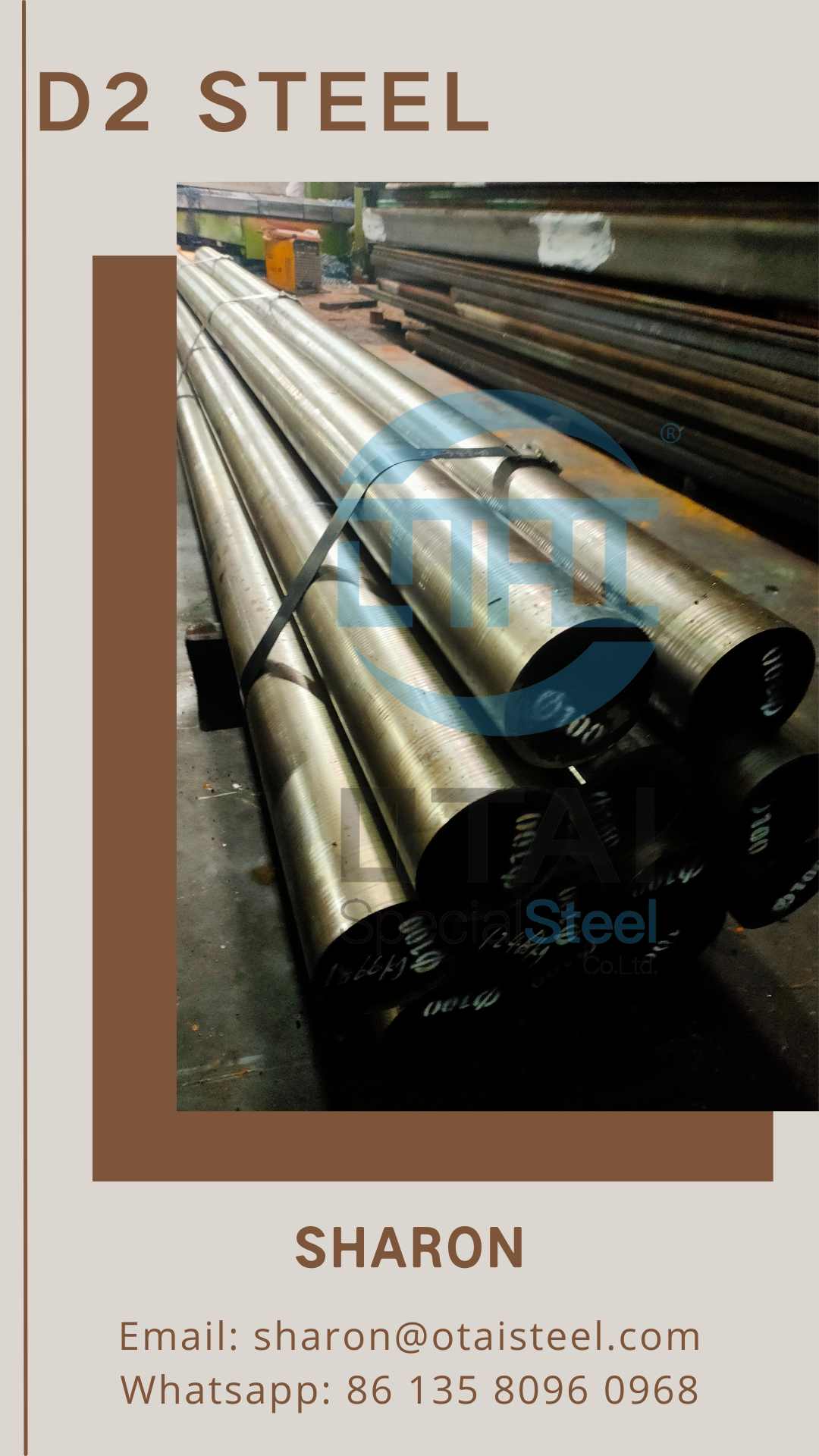D2 steel vs other tool steels
In the realm of tool steels, making the right choice can significantly impact the success of your applications. Among the myriad options available, D2 steel stands out as a formidable contender. In this comprehensive guide, we’ll delve into the characteristics, advantages, and potential applications of D2 steel, drawing insightful comparisons with other prominent tool steels in the market.
Understanding D2 Steel
D2 steel, a high-carbon, high-chromium tool steel, has gained widespread recognition for its exceptional properties. Its composition includes 1.5% carbon, 12% chromium, 1% molybdenum, and other alloying elements. The result is a steel alloy that boasts impressive hardness, wear resistance, and dimensional stability.
Key Characteristics of D2 Steel:
- Hardness: D2 steel is renowned for its outstanding hardness, making it an ideal choice for applications demanding robust cutting edges and wear resistance.
- Wear Resistance: With a high chromium content, D2 steel exhibits excellent wear resistance, ensuring prolonged tool life even under challenging conditions.
- Dimensional Stability: The composition of D2 steel contributes to its remarkable dimensional stability, reducing the risk of deformation during use.
D2 steel vs other tool steels
Now, let’s embark on a comparative journey, pitting D2 steel against other notable tool steels in the market.
1. D2 vs A2 Steel:
- Hardness: While both D2 and A2 steels offer commendable hardness, D2 surpasses A2 in maintaining edge retention over extended periods.
- Wear Resistance: D2’s higher chromium content grants it superior wear resistance, giving it an edge in applications where longevity is crucial.
2. D2 vs M2 Steel:
- Toughness: M2 steel exhibits higher toughness compared to D2, making it suitable for applications that demand resistance to chipping and breakage.
- High-Temperature Performance: D2, with its high chromium content, outshines M2 in high-temperature environments, maintaining hardness even at elevated temperatures.
3. D2 vs O1 Steel:
- Edge Retention: D2 excels in edge retention, making it preferable for tasks requiring prolonged cutting without the need for frequent sharpening.
- Corrosion Resistance: O1 steel boasts better corrosion resistance than D2, making it a viable choice for applications exposed to harsh environmental conditions.
Applications and Considerations
Choosing the right tool steel depends on the specific demands of your applications. D2 steel finds its niche in:
- Precision stamping dies
- Metal cutting tools
- Extrusion tools
- Blanking and forming dies
Conclusion
In the quest for the optimal tool steel, D2 steel emerges as a versatile and reliable option, especially when compared to A2, M2, and O1 steels. Its winning combination of hardness, wear resistance, and dimensional stability positions it as a top choice for a myriad of applications.
For further inquiries or assistance, feel free to contact us via email at sharon@otaisteel.com or through WhatsApp at +8613580960968. We are here to assist you with all your steel material needs.











